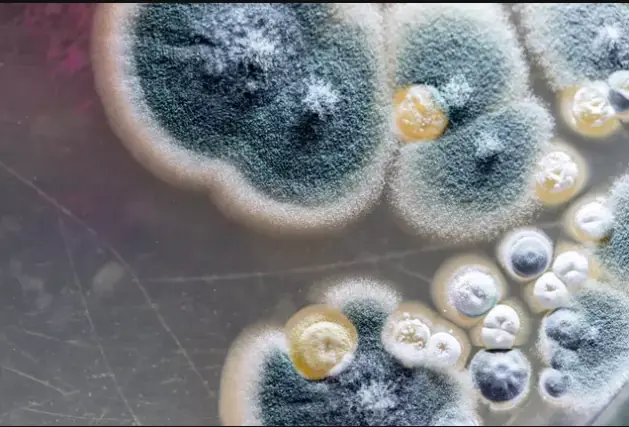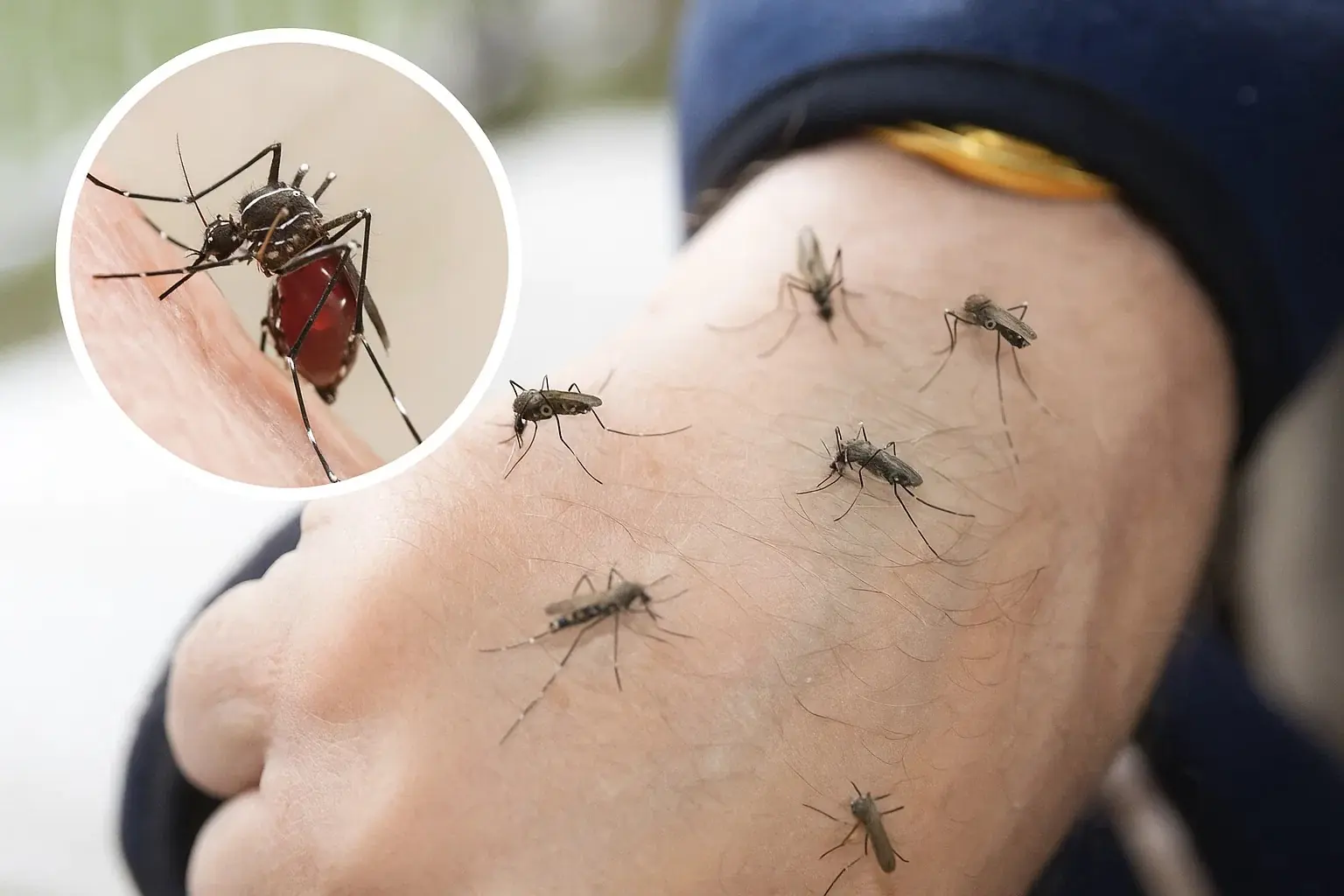Scientists warn of a de@dly fungus that could affect millions, causing tissue dam@ge and organ failure. Learn about the rise of Aspergillus fungi, its health risks, and how climate change might exacerbate its spread.

De@dly Fungus ‘Eats You from the Inside Out’ – The Growing Risk and Climate Change Impacts
A rising threat of a de@dly fungus capable of rotting tissue inside the human body has scientists issuing serious warnings. The fungus, part of the Aspergillus group, is spreading at alarming rates across the U.S. and other parts of the world, with experts concerned about its growing prevalence due to climate change.
What is Aspergillus and Why Is It Dangerous?
The Aspergillus fungi, which are airborne, pose a unique risk due to their microscopic spores. These spores are so small that individuals may unknowingly inhale them, making them incredibly difficult to avoid. The mold thrives in warm and damp environments, affecting not only humans but also animals, plants, and livestock that come into contact with it.
 Aspergillus fungi can also grow in household dust, soil and stale food (Getty Images)
Aspergillus fungi can also grow in household dust, soil and stale food (Getty Images)
When inhaled, these spores can lead to severe infections, particularly affecting the lungs in a condition known as aspergillosis. For individuals with weakened immune systems, this can cause organ failure and, in some cases, prove fatal.
Climate Change and Increased Risk of Infection
A team of researchers from the University of Manchester published a study highlighting how climate change is likely to increase the spread of Aspergillus fungi. They found that the fungal spores are expected to spread across more regions, including North America, Europe, Russia, and China over the next 15 years. The changing climate is increasing the humidity and temperature in certain areas, making it easier for the fungus to thrive and spread.
The Lancet Infectious Diseases study revealed that fungal infections already claim around 2.5 million lives annually, a figure that could be much higher, as data on these infections is sparse. Aspergillus fungi, particularly Aspergillus flavus and Aspergillus fumigatus, are among the most concerning strains. Researchers have predicted that Aspergillus flavus could increase by 16% in affected areas, putting over 1 million people at risk. More alarmingly, Aspergillus fumigatus could rise by 77.5%, exposing 9 million people in Europe alone.
At-Risk Populations
People with compromised immune systems are particularly vulnerable to the health complications caused by Aspergillus spores. Those with conditions such as cancer, asthma, HIV, cystic fibrosis, COPD, or those who have had organ transplants are at an increased risk of developing severe infections. These patients may experience the fungus growing in their bodies, essentially "eating them from the inside out," according to Professor Norman van Rijn, a researcher at the University of Manchester's School of Biological Sciences.
 People with weakened immune systems or existing lung problems are at greater risk (Getty Images)
People with weakened immune systems or existing lung problems are at greater risk (Getty Images)
Locations with High Exposure to Aspergillus
The de@dly fungus has been found across various U.S. states, including Florida, Georgia, Louisiana, and Texas, with California facing the highest exposure. The humid climate and agricultural activities in these regions create ideal conditions for the growth of Aspergillus. Moreover, large cities like New York and Los Angeles are also at risk due to their dense populations and aging infrastructure.
How Aspergillus Adaptation Is Driving Global Risk
Fungi, including Aspergillus, are incredibly adaptable organisms, which allows them to survive environmental changes and develop resistance to antifungal treatments. Changes in humidity and extreme weather events associated with climate change are expected to drive further fungal adaptation and spread. Experts emphasize that this will result in new challenges for healthcare, as fungi may colonize areas previously unaffected by them.
What Can You Do to Protect Yourself?
While Aspergillus poses a severe health risk, there are preventive measures individuals can take, particularly those with weakened immune systems:
 It's best to avoid moldy environments (Getty Images)
It's best to avoid moldy environments (Getty Images)
• Avoid moldy environments and soil, which are common breeding grounds for the fungus.
• Wear masks in areas where dust or mold is present, especially when working in environments like farms or damp areas.
• Maintain healthy immune function through proper nutrition and avoiding stress.
Conclusion
With the alarming increase of Aspergillus fungi, driven by climate change, it’s clear that effective prevention, awareness, and timely intervention will be critical in combating this growing health risk. It’s important for individuals, especially those with compromised immune systems, to take steps to protect themselves and stay informed about the dangers posed by airborne fungal spores.
Sources:
-
The Lancet Infectious Diseases: Fungal Infections & Mortality.
-
University of Manchester Study: Impact of Aspergillus and Climate Change.
-
Cleveland Clinic: Understanding Dysbiosis and Fungal Infections.
-
Science Alert: Fungal Pathogens and Climate Change's Impact on Public Health.








































